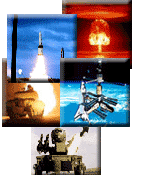
Massachusetts Institute of Technology • Program in Science, Technology and Society
Science, Technology and Global Security Working Group
Home
People
Research
Workshops
Contact Us
Investigating Capabilities and Consequences of Nuclear Weapons
Principal Investigators: Geoff Forden and Ted Postol
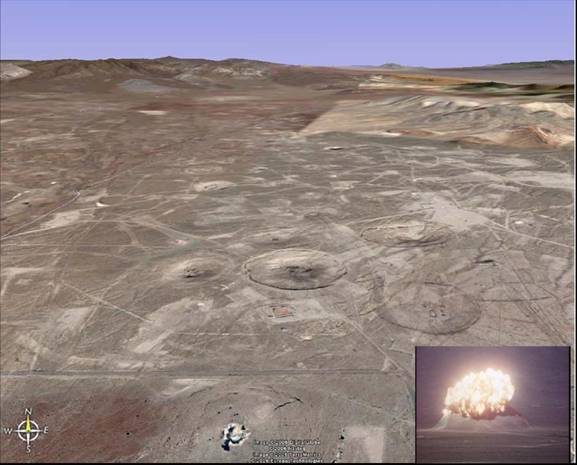
The United States
has exploded over 1000 nuclear weapons between the start of the nuclear
age in 1945 and the voluntary moratorium on testing the US entered into
in 1992. The craters shown here, at the Nevada
Test Site, were formed by the collapse of cavities created deep underground
by the force of some of the nuclear weapons. The insert shows
the Sedan test’s fireball—exploded considerably closer
to the surface—breaking the surface.
ABSTRACT
Nuclear weapons, both those in the U.S. and in other countries of the
world, represent new and unexplored challenges for the United States
in the Post-Cold War world. Should we think about using them
to combat the Weapons of Mass Destruction programs of developing countries? Are
the weapons the US built and tested in the 1980s still viable in the
21st century? How many, if any, does the United States need to
deter those states we have always considered potential nuclear threats
from attacking us? Can the United States deter the emerging and
potential nuclear powers, such as North Korea and Iran, from using
nuclear weapons against us or our allies? Could the United States
use conventional explosives in Intercontinental Ballistic Missiles
(ICBMs) to destroy so-called “High Value, Time Sensitive” targets
such as a nuclear tipped missile being readied by a rogue state? Are
group investigating these and other questions related to nuclear weapons
in the 21st century.
Nuclear Bunker Busters
One area of research involves investigating the effectiveness of low
yield nuclear weapons, or mini-nukes, to destroy underground WMD production
facilities. In the first millionth of a second almost all of
a nuclear explosion’s energy is released in the form of light
and heat, predominantly soft X-rays. When the explosion is buried,
this extraordinarily intense light and heat vaporizes vast quantities
of the surrounding earth and rock, creating a “fireball” of
fast-expanding superheated gas of vaporized bomb materials and surrounding
earth. This fireball expands until its pressure is balanced by
the weight of earth and rock above the explosion, creating a spherical
cavity. A fireball generated by a 1 KT nuclear explosion roughly
20 meters deep in granite would just rise to the pre-explosion level
of the ground. In the process of expanding, the fireball would,
of course, have lifted most of the 20 meters or so of earth above it,
causing much of it to be ejected from the crater where it will either
land nearby or be carried off by local winds. Increasing the
depth of a 1 KT bomb to 30 meters widens and deepens the crater at
the same time it decreases the amount of radioactivity released.
The fireball’s expansion also forms a maze of cracks and vents in the region immediately surrounding the initial cavity. This region, known as the rupture zone, extends nearly three times as far horizontally as it does below the cavity. When examined after an underground nuclear test explosion, these cracks and vents show evidence of burning and charring from the passage of super-heated gases from the fireball, indicating that an underground facility close enough to the detonation to lie inside the ruptured zone might be consumed by the nuclear conflagration.
Reliability of
the US Nuclear Deterrent
The reliability of the US nuclear deterrent has recently been challenged
by a number of critics who would like to see that the United States
develop and test new nuclear weapons. It is, of course, vital
that policy makers have absolute confidence in the nuclear weapons
that form the basis of our deterrence. However, if those weapons
are needlessly replaced with a new design—possibly with a new
round of nuclear testing—significant damage would be done to
the international taboo and developing new nuclear weapons that we
have based our nonproliferation policy on for almost forty years.
A secret debate, fiercely fought behind the closed doors of the nation’s weapons labs, erupted into the light of public scrutiny with the recent publication of a New York Times article: a handful of nuclear weapons experts believe that three-quarters of our submarine-based nuclear forces are duds: the so-called W-76 warhead. Critics of this design point to the fact that the radiation shell surrounding the W-76 is in places as thin as a “beer can”—what the critics claim is a design flaw and not related to aging. This, they claim, could cause what is known as a Rayleigh-Taylor instability, meaning that the expanding material and energy within the radiation shell causes the surrounding metal to breakup into irregular strands rather than a symmetrical surface. In turn, these irregularities would not focus the radiation to uniformly compress the inner fusion device, causing it to fail to react or react with a substantially lower yield.
Using the correlation between publicly announced tests and the known periods of warhead development, it is estimated that there have been at least eight full-yield detonations of the W-76 warhead during and after development. From this, simple statistical laws set strict limits on the just how many duds there can be in the stockpile. Using very conservative numbers it can be said that, at the very least, 70 percent of the W-76s would detonate as planned. If, as many analysts believe, there are two or more warheads are already allotted for each target, then more than 90 percent will be destroyed. This is a worst-case scenario and the true fraction of weapons that would perform as planned is most likely considerably greater than 70 percent.
Publications
Geoffrey Forden, US Nuclear Deterrent is Secure Despite Doubts Cast on Warhead, Jane’s Intelligence Review. July 2005, pp. 36-37.
Geoffrey Forden, Nuclear Bunker Busters, Breakthroughs, Vol. XI, no. 1, Spring 2002, pp. 11-21.
Geoffrey Forden, USA Looks at Nuclear Role in Bunker Busting, Jane’s Intelligence Review, January 2002, pp. 36-38.
Geoffrey Forden, Reduce U.S. Forces to START II Levels by 2007 in Budget Options for National Defense (CBO Study, March 2000).
Geoffrey Forden, Reduce Nuclear Delivery Systems Within Overall Limits of START II in Budget Options for National Defense (CBO Study, March 2000).
Geoffrey Forden, Terminate Production of D5 Missiles After 2000 in Budget Options for National Defense (CBO Study, March 2000).
Geoffrey Forden, Reduce the Scope of DOE’s Stockpile Stewardship Program in Budget Options for National Defense (CBO Study, March 2000).
Google Earth Tours of
Nuclear Facilities Around the World
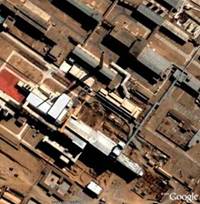
Take a Google Earth tour of China’s nuclear weapons facilities by clicking here.
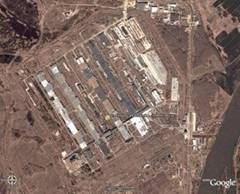
Take a Google Earth
tour of Russia’s nuclear weapons facilities
by clicking here.
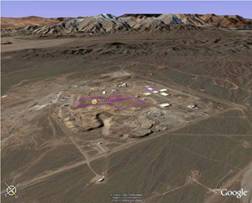
Take a Google Earth
tour of Iran’s nuclear weapons facilities by
clicking here.
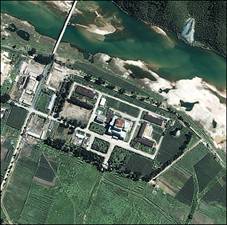
Take a Google Earth
tour of some of North Korea’s nuclear weapons
facilities by clicking here.
![]() Massachusetts
Institute of Technology • Science, Technology and Global Security
Working Group
Massachusetts
Institute of Technology • Science, Technology and Global Security
Working Group
Building
E51-163 •70
Memorial Drive • Cambridge, MA 02142
Copyright © 2009
Last modified: 30 April 2009